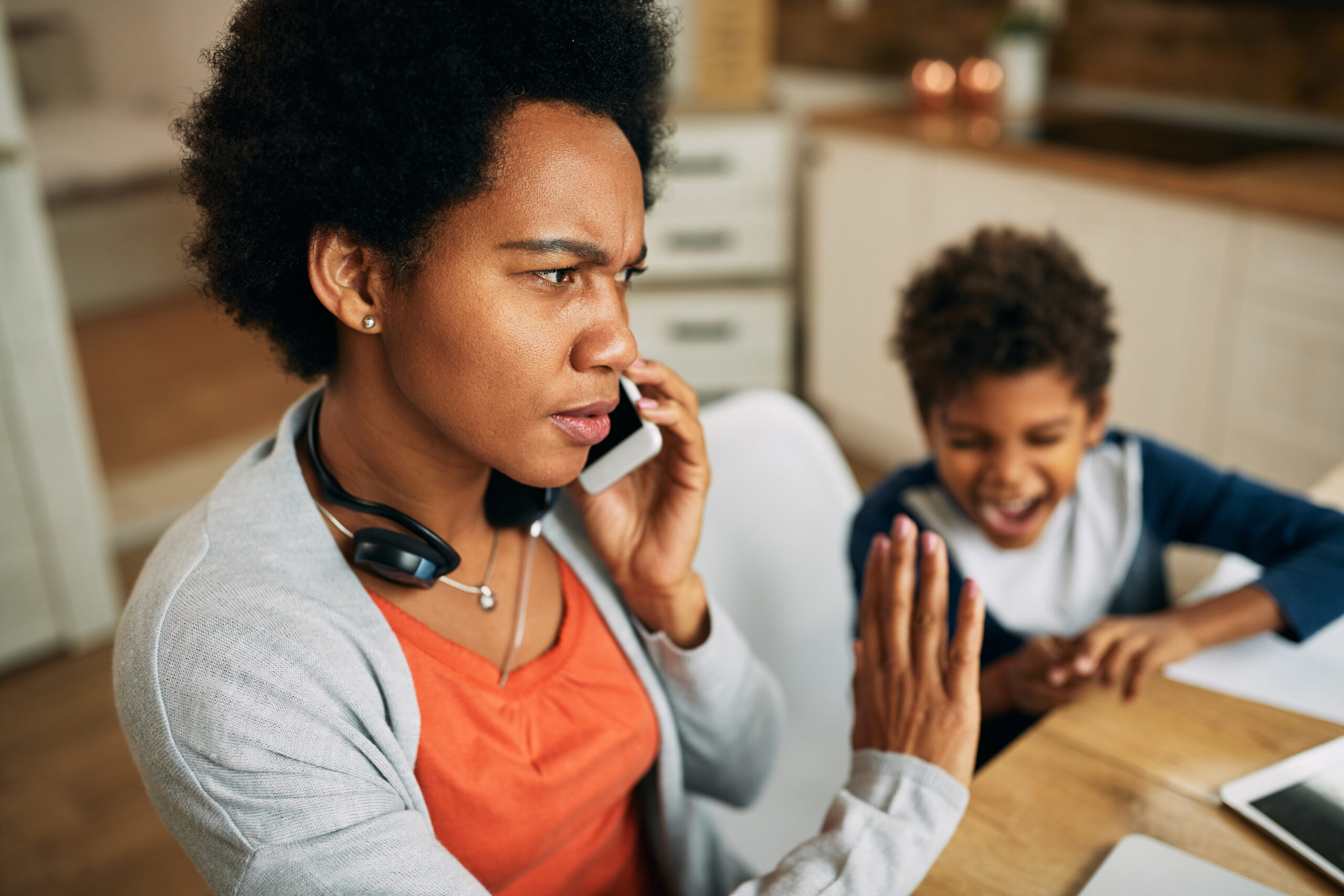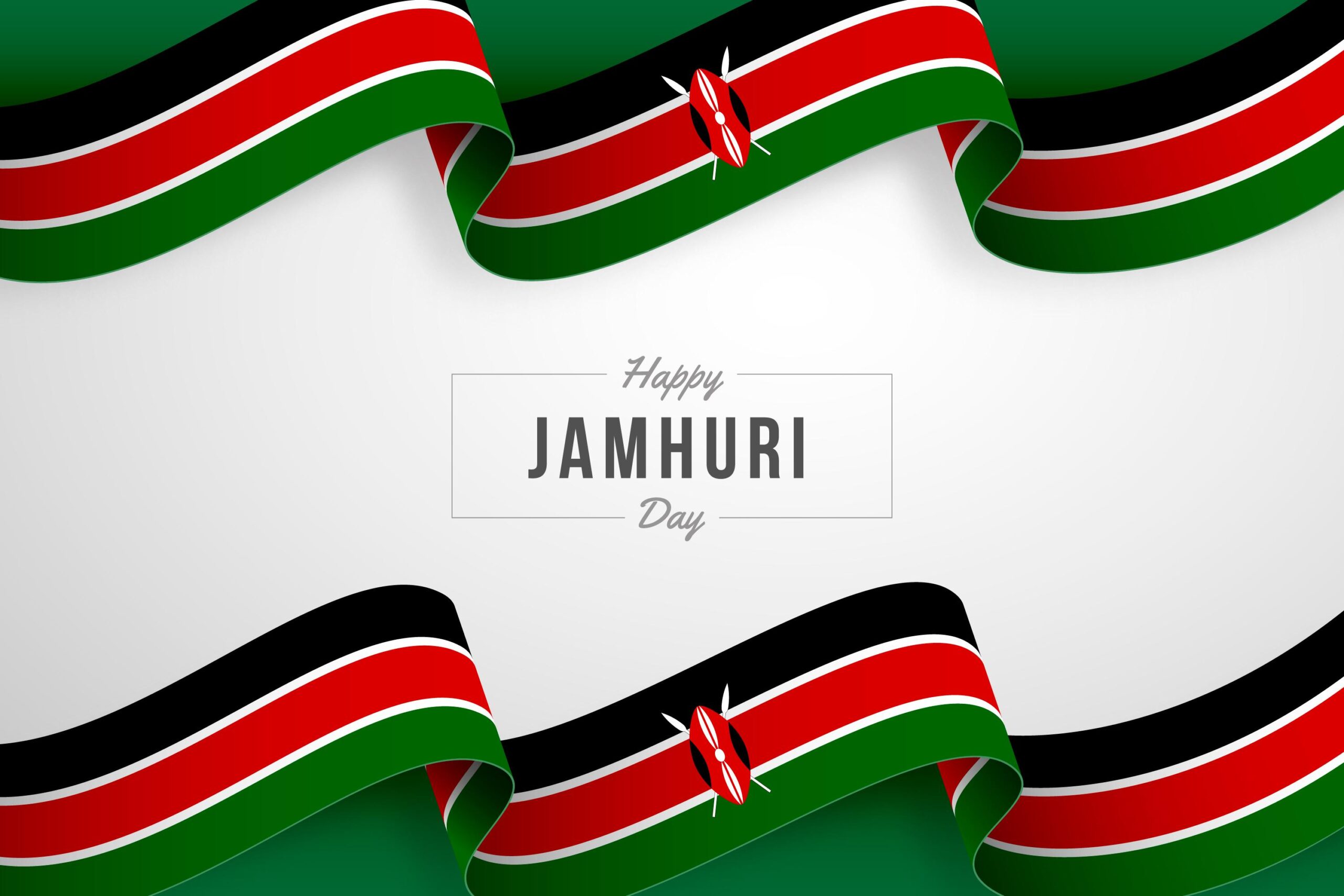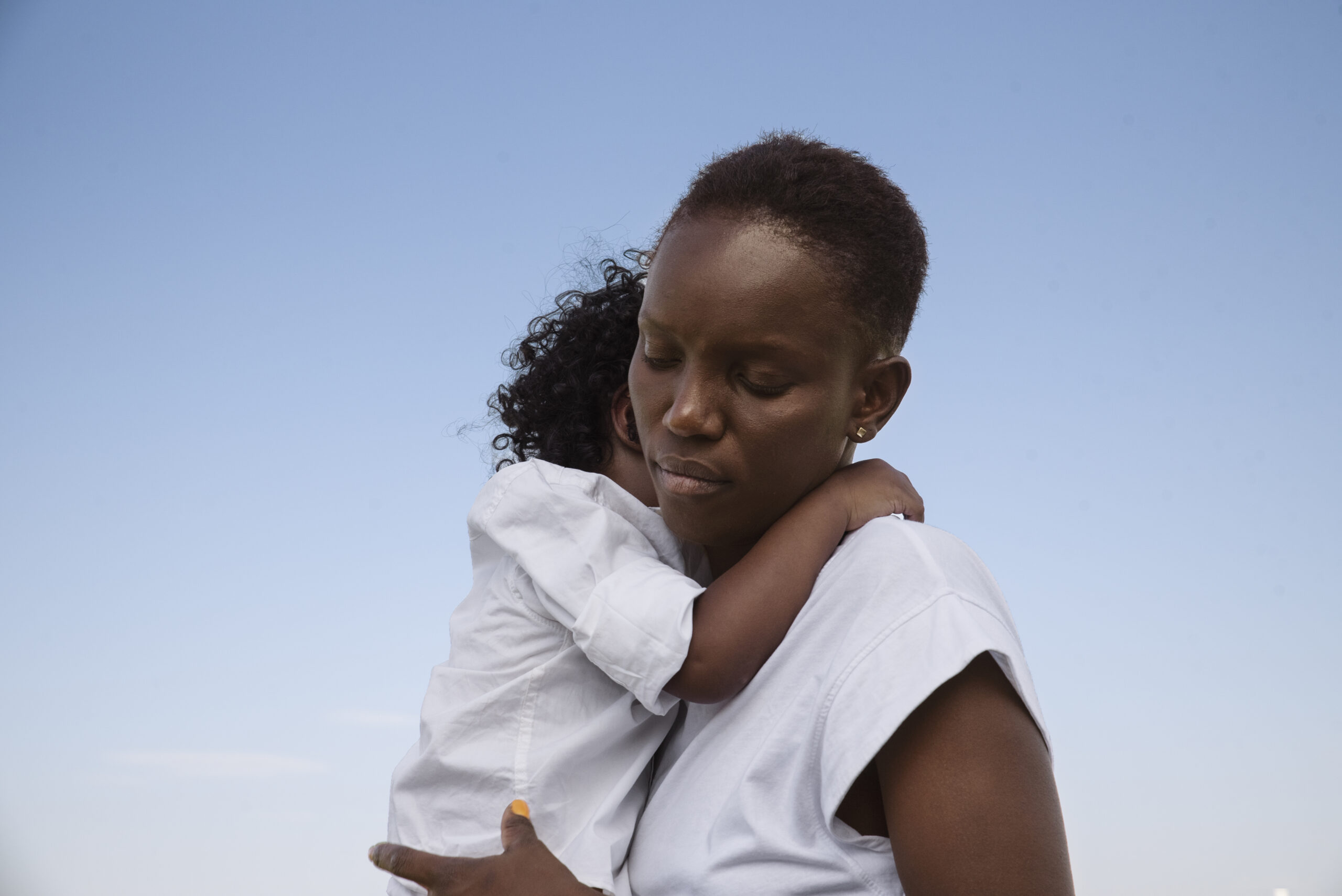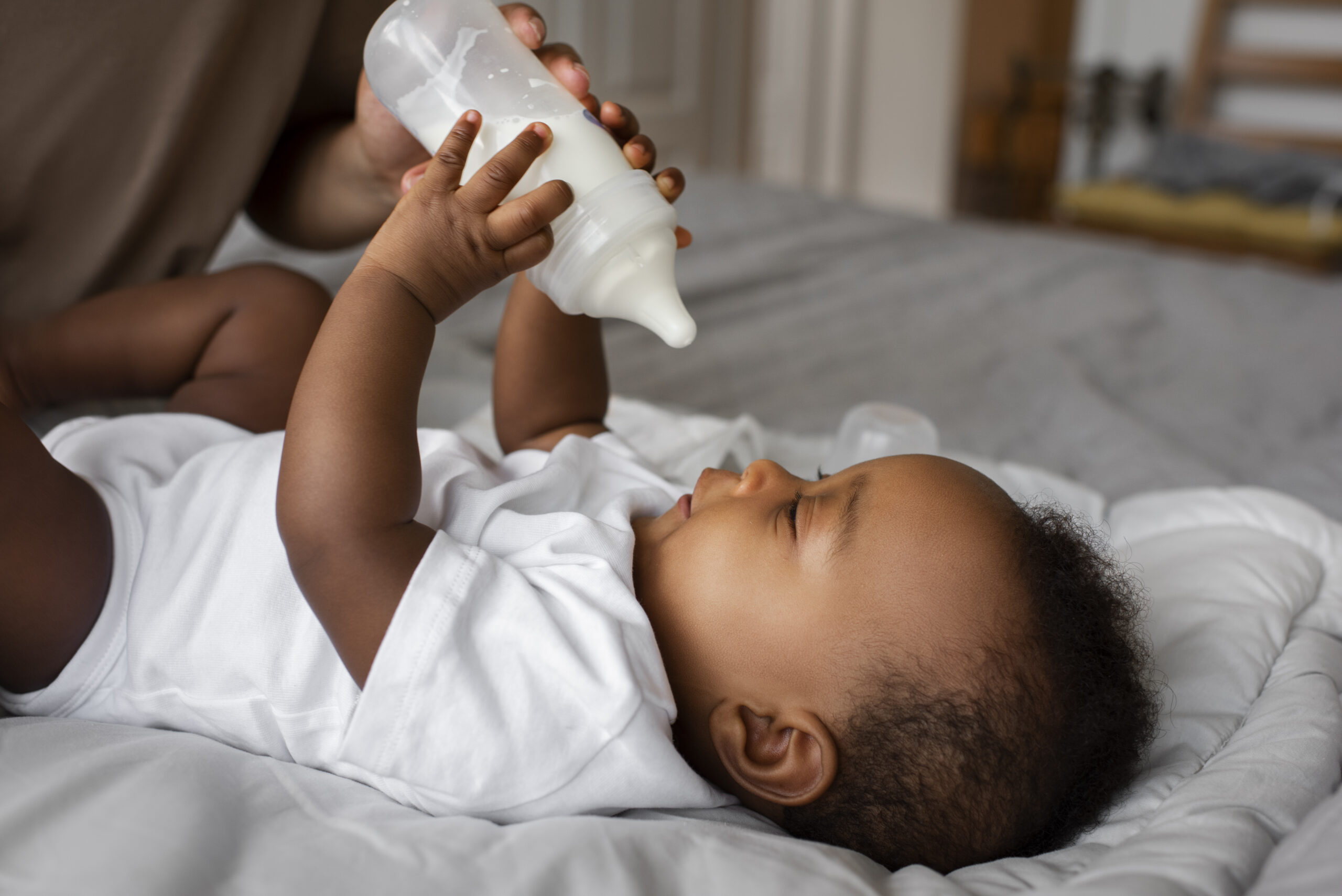5 vital first-aid skills that parents must know
September 4, is World First Aid Day. The day was established in 2000 by the International Federation of Red Cross and Red Crescent Societies (IFRC) to promote awareness on first
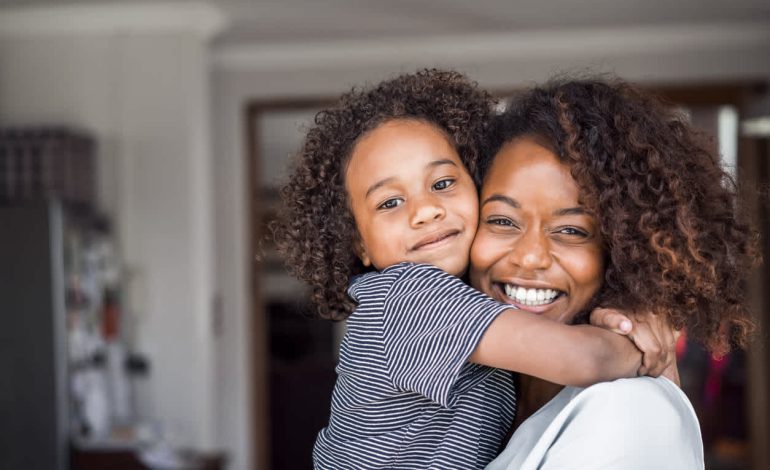
September 4, is World First Aid Day. The day was established in 2000 by the International Federation of Red Cross and Red Crescent Societies (IFRC) to promote awareness on first aid. First aid is an important skill for everyone but especially for parents. Even with a parent’s best efforts to keep their child safe. sometimes accidents happen and the parent must be ready.
Here are a few first aid skills that you should know:
Nose bleeding
Keep your child in a sitting position and use your index finger and thumb to gently pinch your child’s nose for a few minutes. During this time, encourage them to breathe through the mouth.
Ensure that your child does not lean back to prevent them from swallowing the blood and choking. If the nose bleed does not stop within 5 to 15 minutes, quickly rush the child to a hospital.
Minor cuts
Use an antiseptic to clean the cut, you can also use salty water. Apply pressure with a clean cloth till bleeding stops then cover the affected area with a c bandage or a clean cloth.
SEE ALSO: Managing fever in your child
Choking
If you notice that your child has difficulty breathing or speaking, or they suddenly start coughing, they may be choking. Start by checking the baby’s mouth to see if there’s something you can retrieve with your fingers. If you see nothing and the child is still choking, resist putting your fingers down their throat. Instead, use the five-five approach.
Image: Healthjade.net
Move behind the child and give five blows on their back between the shoulder blades. If the blows do not work, hold the child around the waist and squeeze inwards and upwards. If this does not work, quickly rush the child to the hospital.
Burns
Burns are classified into first, second and third degree burns. First-degree burns are the least severe while third-degree burns are the most severe. For third and second-degree burns it is advisable to seek medical attention immediately.
For minor burns, run cold water over the affected area. Avoid using ice. After running the cold water, cover the burn with a clean cloth.
When dealing with burns avoid rubbing the affected area and do not put any oil or ointments on it.
In case of a fire, make sure that the child stops running and get them to drop on the floor, cover their face with their hands and roll on the floor.
Drowning
Stories have been told of children drowning in swimming pools or even bathtubs. CPR or cardiopulmonary resuscitation is, therefore, a vital skill. CPR is used when someone is not breathing. It involves chest compressions and mouth-to-mouth resuscitation.
Do not attempt CPR if you don’t know how it’s done. CPR training is offered by organizations such as Redcross and the St. John’s ambulance.
Even though the above tips are potential lifesavers that every parent should know, prevention is always the best cure. Ensure that the environment at home is safe and that your child knows things that may cause accidents for them to avoid. Moreover, do not leave infants unattended.
Featured Image: CafeMom.com

